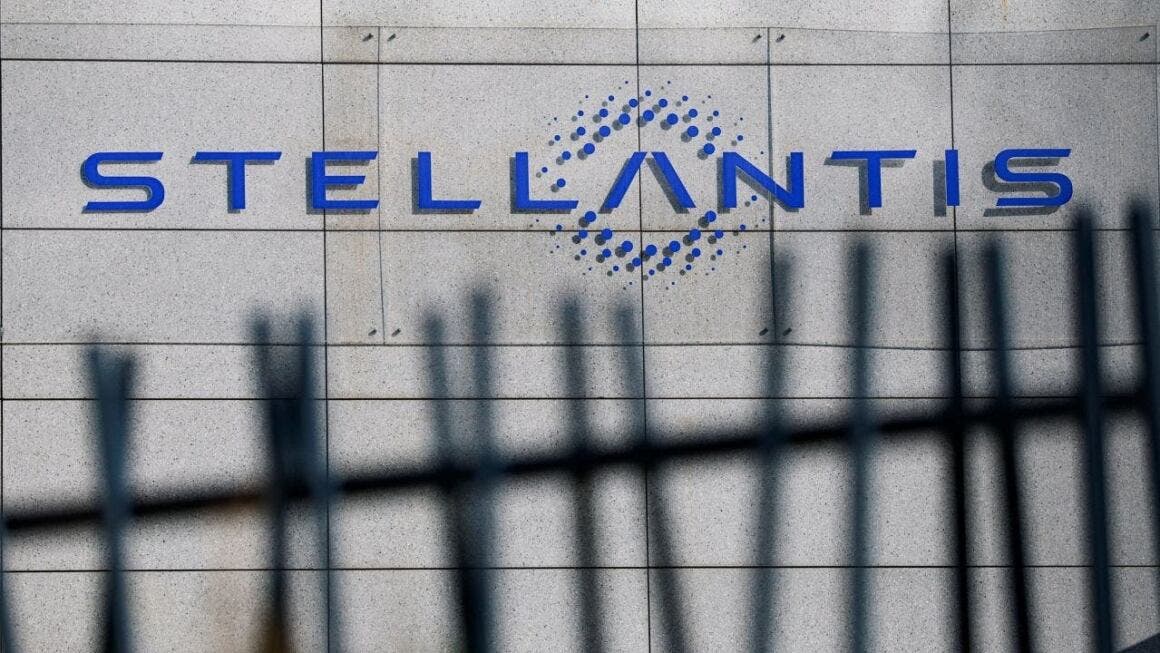A major shift is underway at Stellantis. Speaking at the Munich Motor Show, European chief Jean-Philippe Imparato announced the end of the company’s previous goal of selling only electric cars in Europe by 2030, a target originally set under former CEO Carlos Tavares’ Dare Forward strategy. With new CEO Antonio Filosa now in charge, the company’s strategy is being recalibrated.
Stellantis changes course: dropping 2030 all-EV target for Europe

Imparato made it clear that the EU’s 2035 emissions goals are no longer realistic for any automaker. The risk, he warned, is that manufacturers could be forced to shut down plants to avoid billions in fines. If automakers fail to meet the targets, the industry could face up to €16 billion in penalties, with Stellantis alone exposed to as much as €2.5 billion between 2025 and 2027.
“I have two options,” Imparato explained. “Push EVs to the extreme, or shut down combustion engine production, and with it, the factories.” His comments highlight a moment of great uncertainty. He added that discussions have already begun with Filosa to update the Dare Forward plan, aiming to define a new strategic vision for the next five to ten years.
For Imparato, the 2030 and 2035 targets are unattainable without triggering either a 30% collapse of the European market or a financial crisis that could sweep through the region’s major automakers. This is why he has called on Brussels to open a strategic dialogue on regulations and transition timelines.
The industry has already secured some relief: emissions will now be calculated based on an average between 2025 and 2027 rather than just the 2025 snapshot. But according to Luca de Meo (then Renault CEO), this adjustment comes too late. Meanwhile, structural challenges remain, with supply chains under strain and battery costs still high, limiting the ability to accelerate electrification.
The broader European political climate, shaken by internal tensions and economic woes in France and Germany, adds further uncertainty. For Imparato, what’s needed is greater pragmatism: a plan that ensures both economic and environmental sustainability, avoiding “unrealistic ideas” that could translate into massive job losses not only among automakers but across the entire supply chain.
